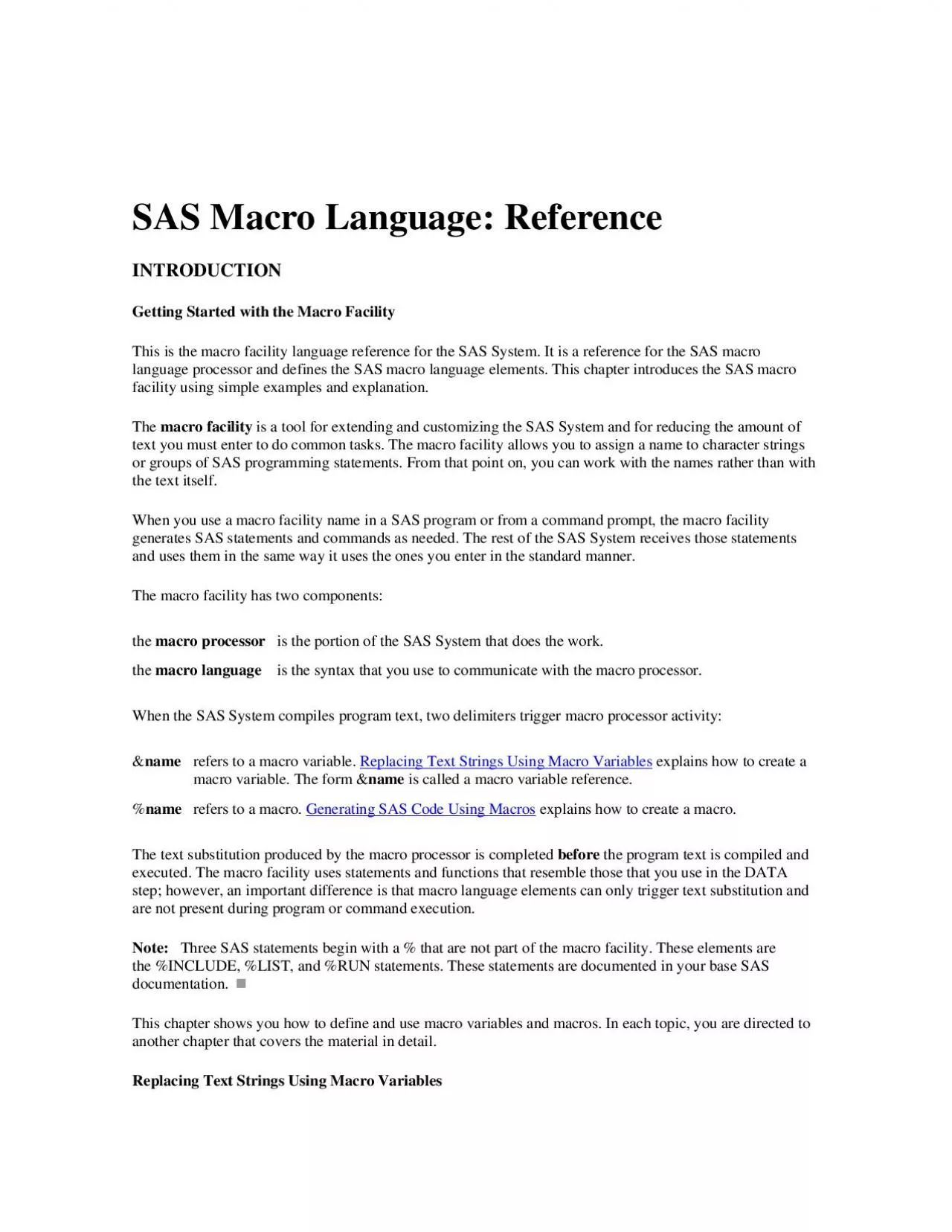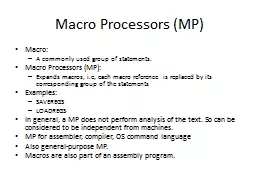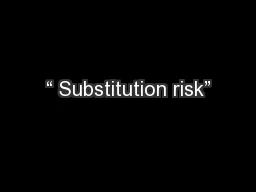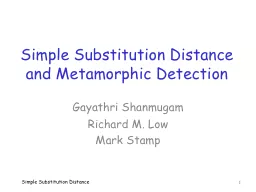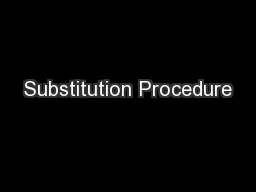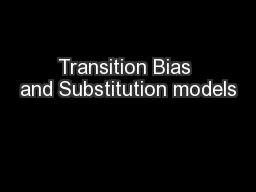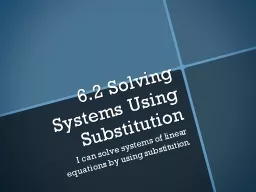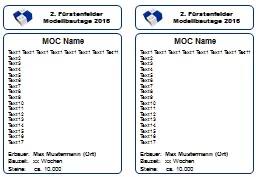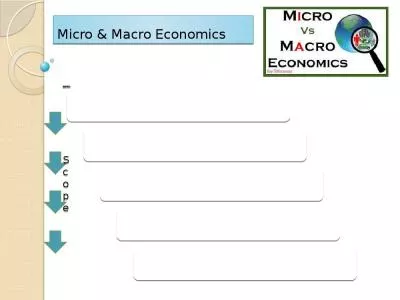PDF-explains how to create a macro The text substitution produced by the
Author : clara | Published Date : 2022-08-26
Macro variables are an efficient way of replacing text strings in SAS code The simplest way to define a macro variable is to use the LET statement to assign the
Presentation Embed Code
Download Presentation
Download Presentation The PPT/PDF document "explains how to create a macro The text ..." is the property of its rightful owner. Permission is granted to download and print the materials on this website for personal, non-commercial use only, and to display it on your personal computer provided you do not modify the materials and that you retain all copyright notices contained in the materials. By downloading content from our website, you accept the terms of this agreement.
explains how to create a macro The text substitution produced by the: Transcript
Download Rules Of Document
"explains how to create a macro The text substitution produced by the"The content belongs to its owner. You may download and print it for personal use, without modification, and keep all copyright notices. By downloading, you agree to these terms.
Related Documents

